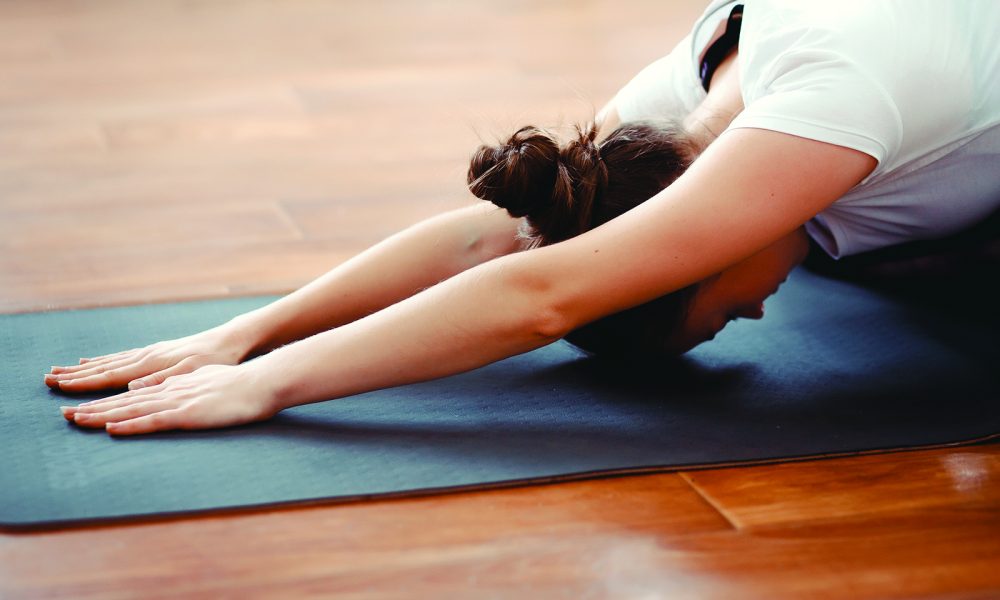
Embracing the “Less is More” Philosophy in Physical Activities for a Balanced Lifestyle.
In a world where hustling is glamorized, and the gym is often seen as a battle arena to defeat personal records, the emerging trend of “slow sport” offers a refreshing perspective. With mental health issues becoming more prevalent in our fast-paced society, slow sport emphasizes the importance of tuning in with oneself rather than competing against others, signaling a paradigm shift in how we perceive physical activity.
Slow sport is not a specific set of activities but rather a philosophy that can be applied to virtually any sport or physical exercise. From yoga to high-intensity training, the concept focuses on moving at a pace that aligns with how you feel rather than how fast or how much you “should” be doing.
“Slow sport invites people to be more mindful about their physical activities,” says Dr. Emily Stevens, a sports psychologist. “It’s about listening to your body and respecting its limitations. This approach is healthier for the mind and can even enhance physical performance in the long run.”
The most popular activities that align with the slow sport philosophy include yoga, stretching, and qigong, but Dr. Stevens stresses that any activity, from cycling to weightlifting, can be approached from a slow sport perspective.
The slow sport movement goes beyond merely altering your physical movements; it shifts the focus towards a more holistic engagement with physical activities. Instead of relentlessly comparing yourself to the ripped bodybuilder or the marathon runner on the treadmill next to you, slow sport advocates inner focus and personal growth.
Music can serve as a facilitator for this internal focus, helping you block out external distractions and immerse yourself in the moment. Many gyms are catching on to this trend, creating environments that encourage individualized experiences rather than perpetuating the culture of competition.
“It’s an antidote to the often toxic culture of comparison in fitness spaces,” says Alex Wu, owner of Tranquil Gym, one of the first establishments to fully embrace slow sport. “Here, the atmosphere is designed to help you escape and focus on just being present.”
The fitness industry is starting to adapt, offering more tailored experiences for individuals interested in slow sport. Calm fitness spaces, mindfulness-based workout programs, and even slow sport-oriented personal trainers are emerging to cater to this growing demographic.
However, experts advise that the adoption of this approach should be personal. “Like any other fitness trend, slow sport isn’t one-size-fits-all,” warns Wu. “It’s a tool for those who find it beneficial but should be integrated thoughtfully into one’s routine.”
As the slow sport continues to gain traction, its core philosophy of adaptability and self-focus appears to be more in line with sustainable health and wellness practices than the rigidity often associated with traditional sports and gyms. The trend marks an essential shift in fitness culture, challenging the go-hard-or-go-home attitude and making room for a more balanced, mental health-friendly approach.
Share the News:
